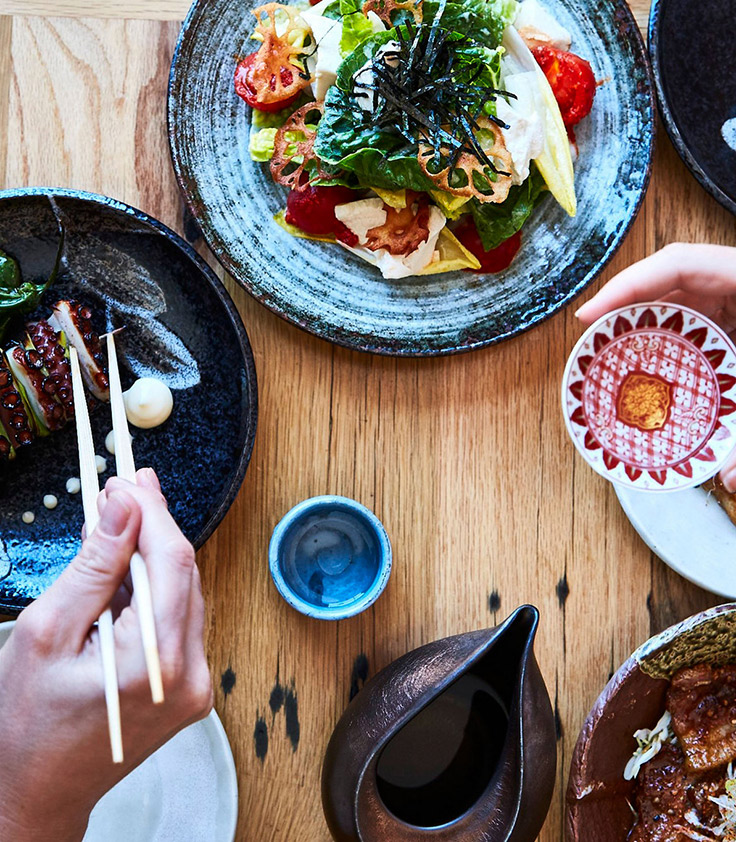Yet beyond ootoro and uni (sea urchin), sushi chefs are always asked for a selection of fish no less delicious. Here, we’ve rounded up seven cuts of fish to try on your next sushi outing.







Of course you’re familiar with the ubiquitous salmon and toro. Up your knowledge with these lesser-known cuts that are just as, if not more, tasty and delicious.
An interview with their interior designer, Suzanne Tucker.
Beefbar's grand entrance.
Rooftop Bees Keep Things Sweet at The Dominick Hotel and One MICHELIN Star Vestry
RdV Vineyards is an up-and-coming producer to know.
For their sophomore project, the Claud team ace the ocean.
Here’s where to experience Japan’s highest form of culinary art.
America’s top sushi chefs share insider dining customs.
A distinctly ‘Atlanta’ Japanese Edomae experience.
Canadians are in for a treat with a taste of the freshest Edomae-style sushi.
l’abeille navigated the uncertainties of year one and what the future holds.
An unassuming setting filled with (n)oodles of flavor.
Meet Mayumi Kobayashi, the star studded sommelier bringing extra flavor to Japanese cuisine.
One writer dives inside the high-grade, low-key spot for seafood.
From omakase to yakitori, we break down the different cuisine styles.
Chef David Yoshimura's cuisine represents his unique perspective and background, captured in cooking that is both ambitious and highly personal.
World leaders chose a contemporary classic at Fiola Mare.
Chef Josiah Citrin of One Star Citrin and Two MICHELIN Star Mélisse in Santa Monica offer this recipe for ahi tuna tartare.














